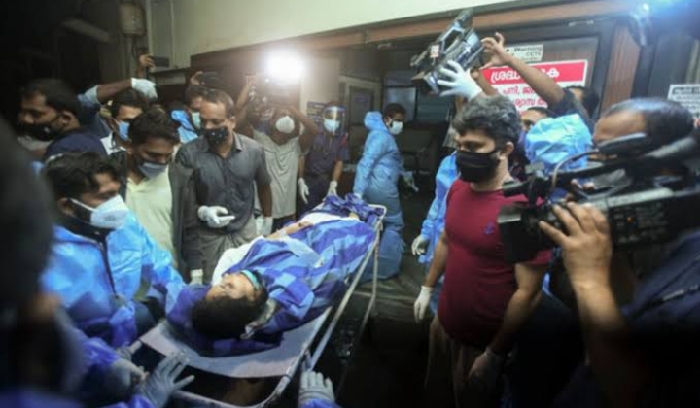New Delhi, Dec 17: The Supreme Court on Tuesday dismissed a petition challenging the validity of the Centre's 26-year-old notification according minority status to five communities — Muslims, Christians, Sikhs, Buddhists and Parsis, saying religion must be considered pan-India.
A bench headed by Chief Justice S A Bobde refused to entertain the PIL filed by BJP leader and lawyer Ashwini Kumar Upadhyay seeking laying of guidelines to accord minority status based on state-wise population of a community.
"Religion must be considered pan-India. What is the problem if Muslims are majority in Kashmir and minority elsewhere in the country," the bench which also comprised Justice B R Gavai and Surya Kant said while dismissing the PIL.
Upadhyay, in his PIL, had sought framing of guidelines to grant minority status to a religious community based on their population in a particular state and claimed that Hindus, which are in minority in eight states, are deprived of minority benefits.
"Languages are restricted state wise. Religions don't have state borders. We have to take a pan-India approach. In Lakshadweep, the Muslims follow the Hindu law," the bench said.
It took note of submissions of Attorney General K K Venugopal, who was asked to assist the court, that there have been judgments of the apex court which say that minority can be decided based on all India population of a religious group.
During the brief hearing, the bench asked senior advocate Mohan Parasaran, appearing for Upadhyay, to show the judgments where it has been held that state-wise population can be considered for granting minority status.
It asked as to how there can be guidelines to decide this and observed, "I don't think we should entertain this".
The bench said languages have been used to create states and it is not the case with religion and hence minority status cannot be granted to a community based on state-wise population.
In his petition, the BJP leader had said Hindus, who are a majority community as per national data, are a minority in several northeastern states and in Jammu and Kashmir.
However, the Hindu community is deprived of benefits which are available to minority communities in these states, the plea had said.






Comments
BJP leader Ashwini Kumar is misleading the SC and wasting its valuable time. This trouble maker should be fined for this. He is not respecting Indian constitution and minorities (other religions).
Add new comment